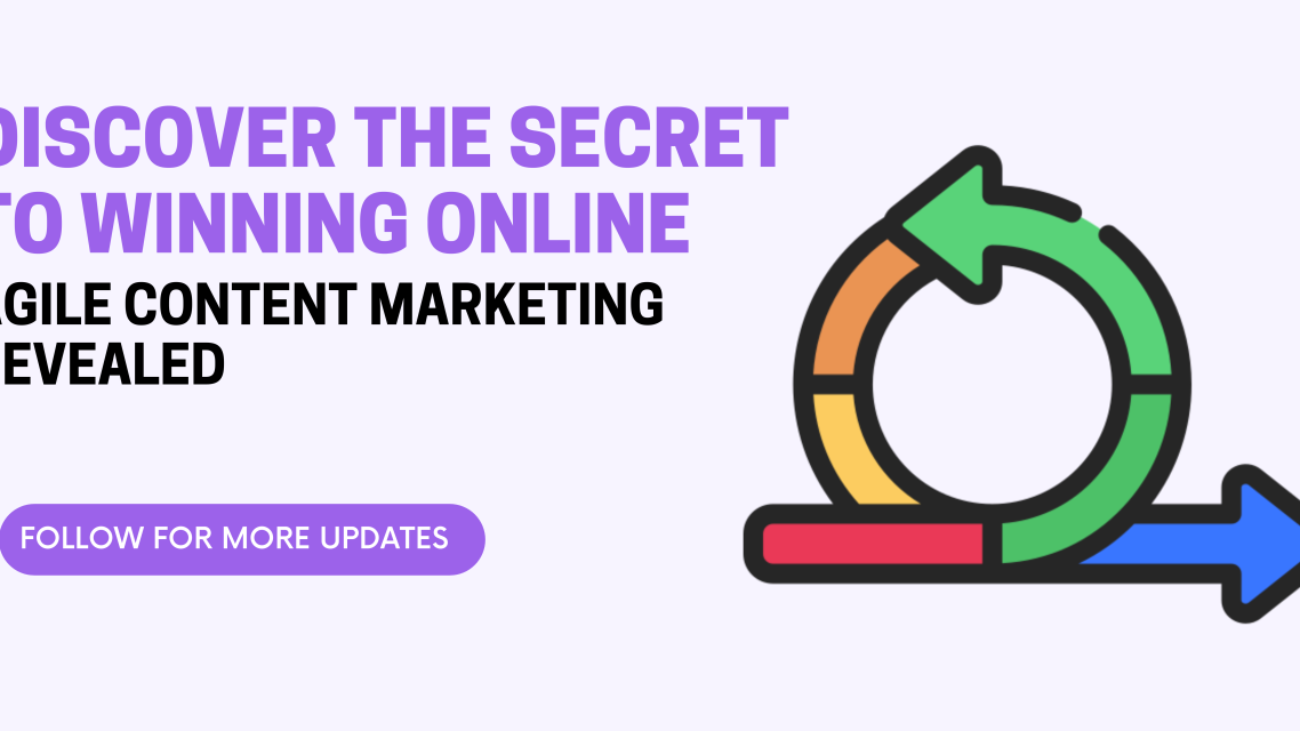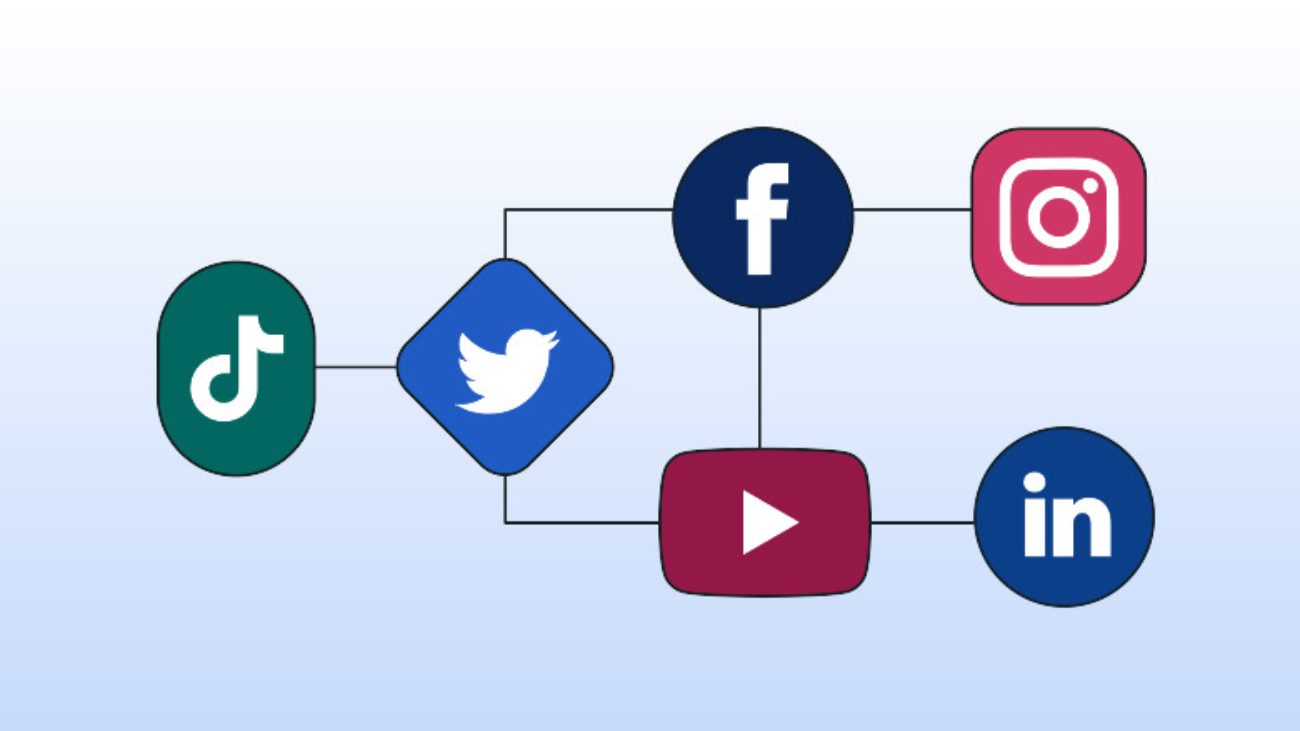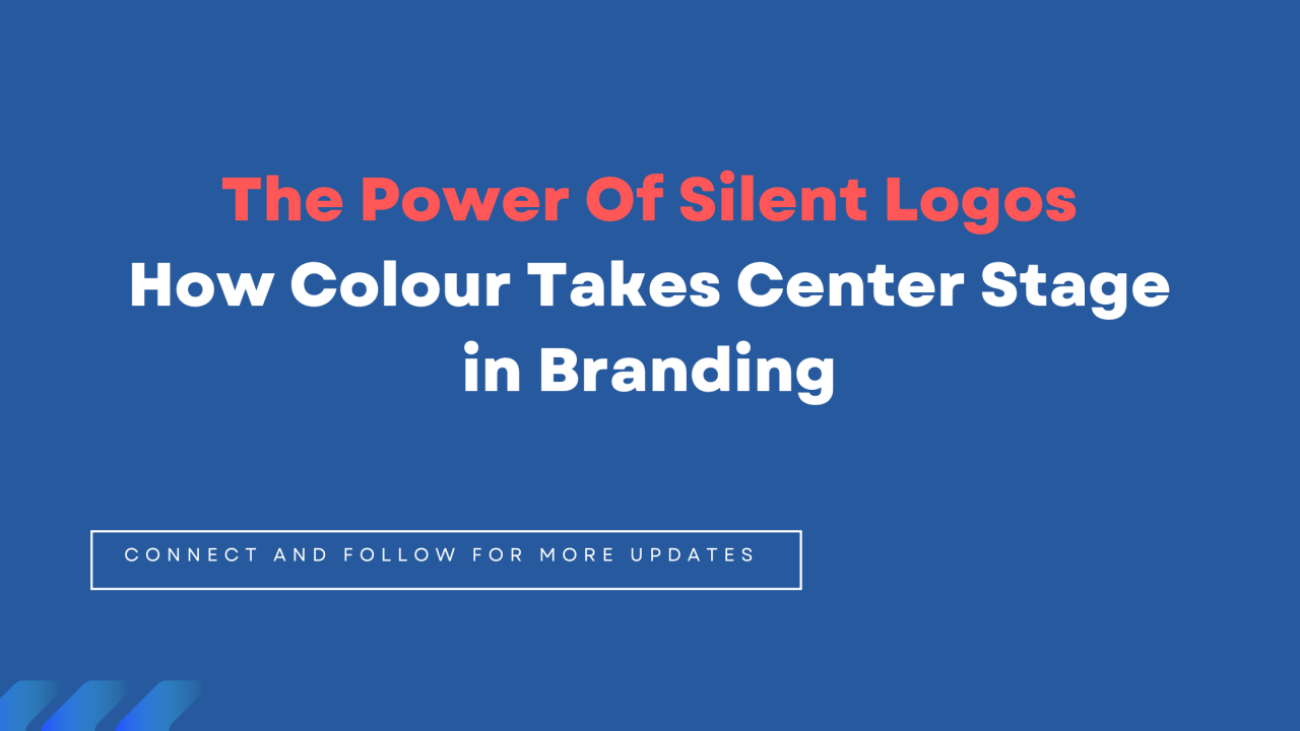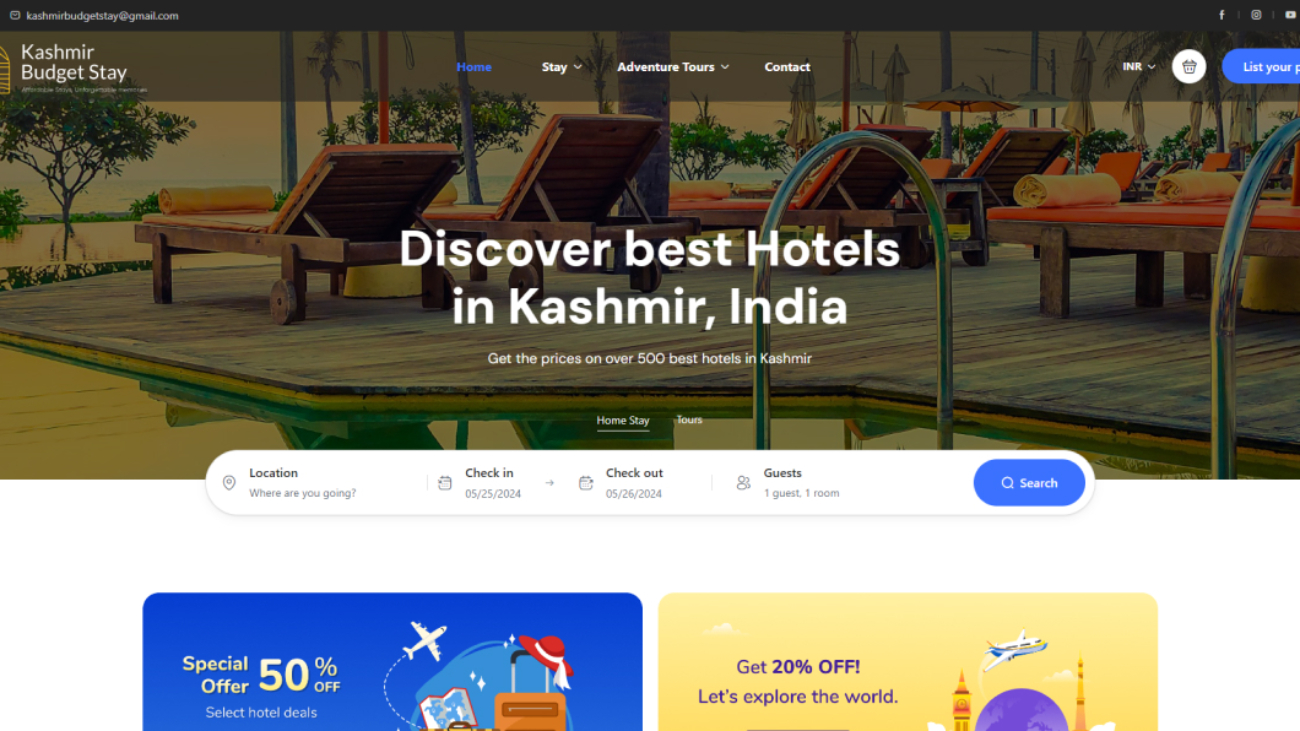In the competitive digital marketing and web development world, creating a website that combines excellent design with superb user experience and drives traffic is a formidable challenge. With over five years of experience in this field and collaborations with clients from the US, UK, UAE, India, and Canada, I have seen the constraints and opportunities in web design firsthand.
The Journey from Marketing Manager to Entrepreneur
Before starting my own company, I served as a marketing manager for various firms. The primary motivator for venturing out on my own was to offer uncompromised quality—something I felt was lacking in my previous roles. The founding principle of my company was the adage, “The customer is the hero of your story, and you are his guide through darkness and hardship.” This philosophy has driven our approach, ensuring we never lose sight of what truly benefits our clients and their audiences.
Understanding Client Misdirection
Often, businesses fail to deliver optimal solutions because they prioritize their preferences over their audience’s needs. This misalignment stems from what I like to call the “mirror vs. window” dilemma. Many companies, and by extension, their clients, design websites that reflect personal tastes (looking in the mirror) rather than focusing on what the target audience needs or wants (looking out the window).
Common Pitfalls in Web Design
- Overemphasis on Aesthetics: Many of my clients are drawn to visually striking designs that may not necessarily translate to a good user experience. While an appealing design is essential, it should not come at the cost of functionality. A website must be intuitive and easy to navigate, ensuring users can find what they need without confusion.
- Neglecting Clear Messaging: There is a tendency to use elaborate, poetic language in web content. However, this often alienates users who prefer straightforward, easy-to-understand messaging. It is crucial to communicate clearly and directly, reducing the cognitive load on the audience. Simple language and clear headings enriched with SEO-friendly keywords can significantly enhance a website’s visibility and user engagement.
- Underestimating the Importance of SEO: SEO-driven content is frequently overlooked when pursuing creative expression. However, incorporating relevant keywords and structuring content to meet SEO standards are essential for driving traffic and improving a site’s search engine ranking.
Educating Clients: The Role of a Digital Agency
As the owner of a digital agency, I have greater control over project direction and client education. It is about choosing clients and guiding them to understand the value behind every design choice and content strategy. Educating clients on the technical aspects of web development and digital marketing is crucial. They need to understand that while they are experts in their respective fields, the intricacies of online platforms require different expertise.
Conclusion: Building for the User, Not Just the Client
The ultimate goal of any website should be to serve the user effectively. This means creating platforms that are accessible to everyone, from the most erudite poet to the average person on the street. By focusing on user-friendly design, clear communication, and effective SEO practices, we can create websites that meet our client’s aesthetic desires and perform excellently in user engagement and traffic generation.
As digital marketers and web developers, our task is to guide our clients through the digital landscape, ensuring that their platforms look good and work well for their intended audience. By doing so, we enhance our client’s business potential and elevate the overall quality of the web.




